Pests Of Kiwi Vines: Information For Treating Kiwi Bugs
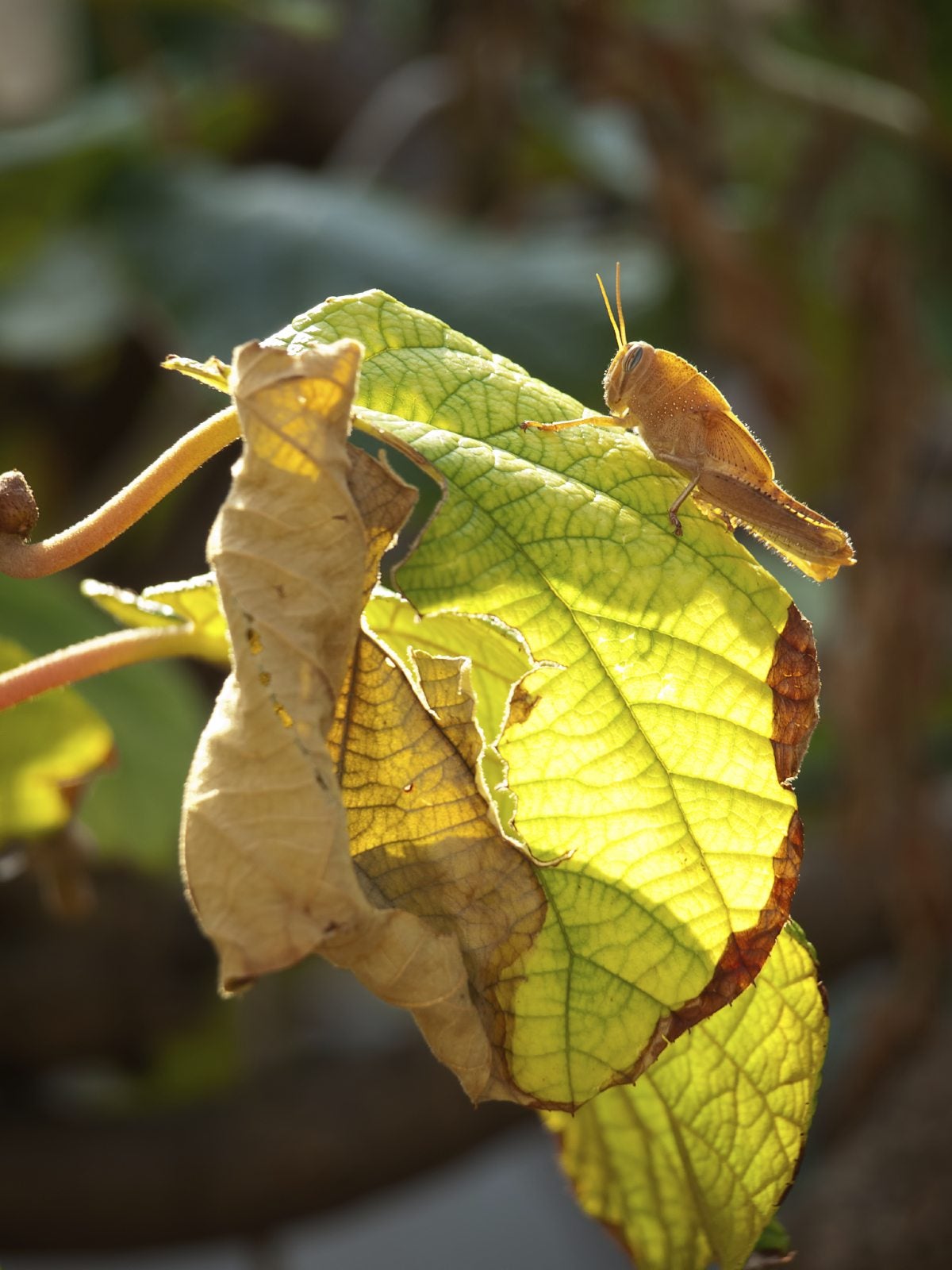

Native to southwestern China, the kiwi is a vigorous, woody vine with attractive, rounded leaves, fragrant white or yellowish flowers, and hairy, oval fruits. While kiwi plants are tough and relatively easy to grow, they can fall prey to various kiwi plant pests. Read on to learn more about kiwi insects and tips for treating kiwi bugs.
Common Kiwi Fruit Pests
Below are the most common types of insect pests that affect kiwi plants. Leafrollers – Leafroller caterpillars are considered minor pests of kiwi, but the pests can take a toll when they feed on the fruit. Avoid chemicals, as these may kill beneficial insects, like tachinid flies and parasitic wasps, which prey on leafrollers. Bacillus thuringiensis (Bt) is a safe, non-toxic treatment. Pheromone traps are also an effective means of control. Spider mites – Spider mites are difficult to see with the naked eye, but you can recognize their presence by the fine webbing and speckled leaves. These minuscule kiwi insects are most prevalent during dry, dusty conditions. They are usually fairly easy to control with insecticidal soap spray or neem oil. Thrips – These tiny kiwi fruit pests generally don’t kill the plant, but they can do their fair share of leaf damage, causing stunted growth when they suck out the succulent plant juices. Slender insects with fringed wings, thrips are often kept in check by blasting the affected areas with a strong stream of water. Insecticidal soap sprays are usually effective but must be repeated regularly. Boxelder bugs – These winged pests of kiwi are most prevalent on kiwi plants grown in coastal areas. If you aren’t familiar with boxelder bugs, they are easy to recognize. Although the oval-shaped, mature bugs are dark with narrow red lines on their back, the young ones are tiny and red in color. Nematodes – These tiny roundworms are usually relatively harmless in small numbers, but larger infestations weaken the plant and reduce fruit size. The best way to control these pests of kiwi is to treat the soil before planting. Healthy plants are more resistant than plants that are stressed due to drought or overwatering. Japanese beetles – Although the metallic green bugs are beautiful in their own way, Japanese beetles, with their voracious appetites, are the bane of fruit growers. Encourage robins and other songbirds to visit your garden, as birds (got chickens?) enjoy munching on the grubs. Although chemicals should always be a last resort, broad-spectrum insecticides may be required if the damage is unacceptable. While not much of a problem unless in high numbers, grasshoppers occasionally visit these vines and feed on the foliage or fruit.
Gardening tips, videos, info and more delivered right to your inbox!
Sign up for the Gardening Know How newsletter today and receive a free copy of our e-book "How to Grow Delicious Tomatoes".

A Credentialed Garden Writer, Mary H. Dyer was with Gardening Know How in the very beginning, publishing articles as early as 2007.
-
 Looking For Plants To Give You The Soft And Fuzzies? Try These 5 Fuzzy Leaf Plant Options
Looking For Plants To Give You The Soft And Fuzzies? Try These 5 Fuzzy Leaf Plant OptionsLovers of texture, drama, silver foliage and tactile plants will adore these special sensory garden additions. These fuzzy leaf plant options will leave you all aglow
By Susan Albert
-
 Get Ready For A Summer Of Hummers! Grow These Full Sun Hummingbird Plants and Flowers
Get Ready For A Summer Of Hummers! Grow These Full Sun Hummingbird Plants and FlowersIf you’re lucky enough to enjoy a sunny backyard, make sure you are maxing out on your pollinator opportunities and grow these full sun hummingbird plants and flowers
By Tonya Barnett
-
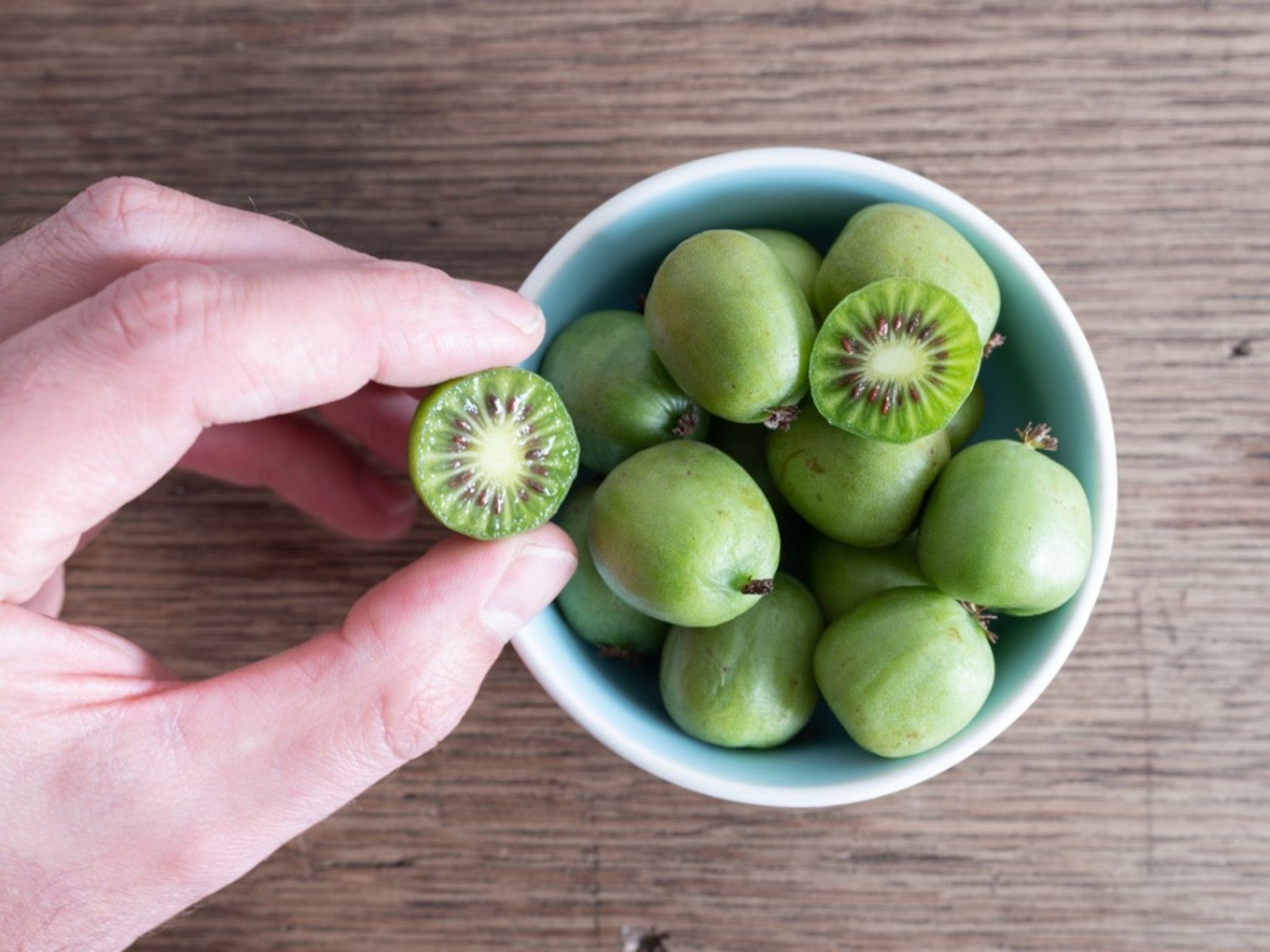 Kiwiberry Care Guide – Learn About Kiwiberry Growing Conditions
Kiwiberry Care Guide – Learn About Kiwiberry Growing ConditionsLove kiwis but wish they didn't have the fuzzy, gritty skin? Enter the kiwiberry. Read on for more info about these weird little fruits.
By Bonnie L. Grant
-
Caring For Kiwi: How To Grow Hardy Red Kiwi Fruit
Hardy Red kiwi produces grape-sized, fuzz-less fruit with an authentic kiwi flavor. For information on growing them, click the following article.
By Laura Miller
-
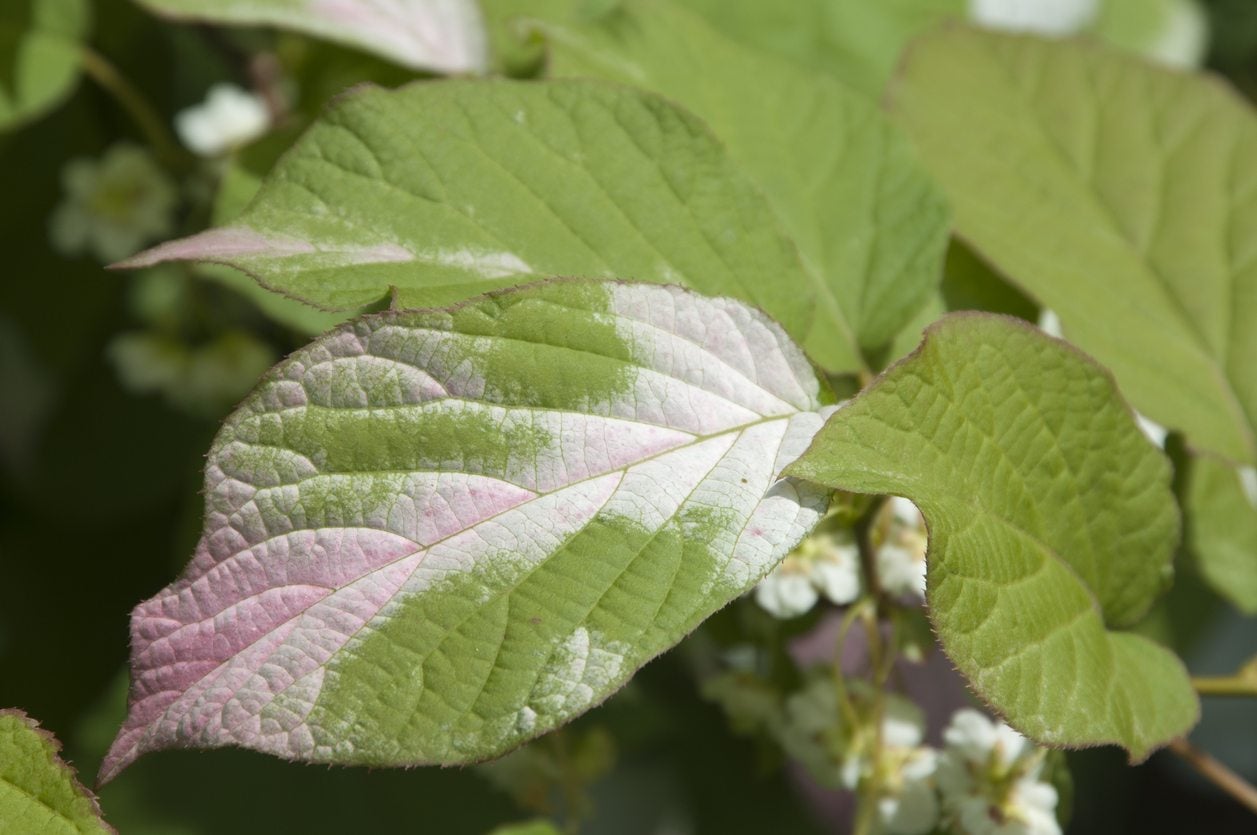 Tricolor Kiwi Information: How To Grow A Tricolor Kiwi Plant
Tricolor Kiwi Information: How To Grow A Tricolor Kiwi PlantActinidia kolomikta is a hardy kiwi vine that is commonly known as tricolor kiwi plant because of its variegated foliage. Also known as arctic kiwi, it is one of the hardiest of the kiwi vines. For tips on growing tricolor kiwi, click this article.
By Darcy Larum
-
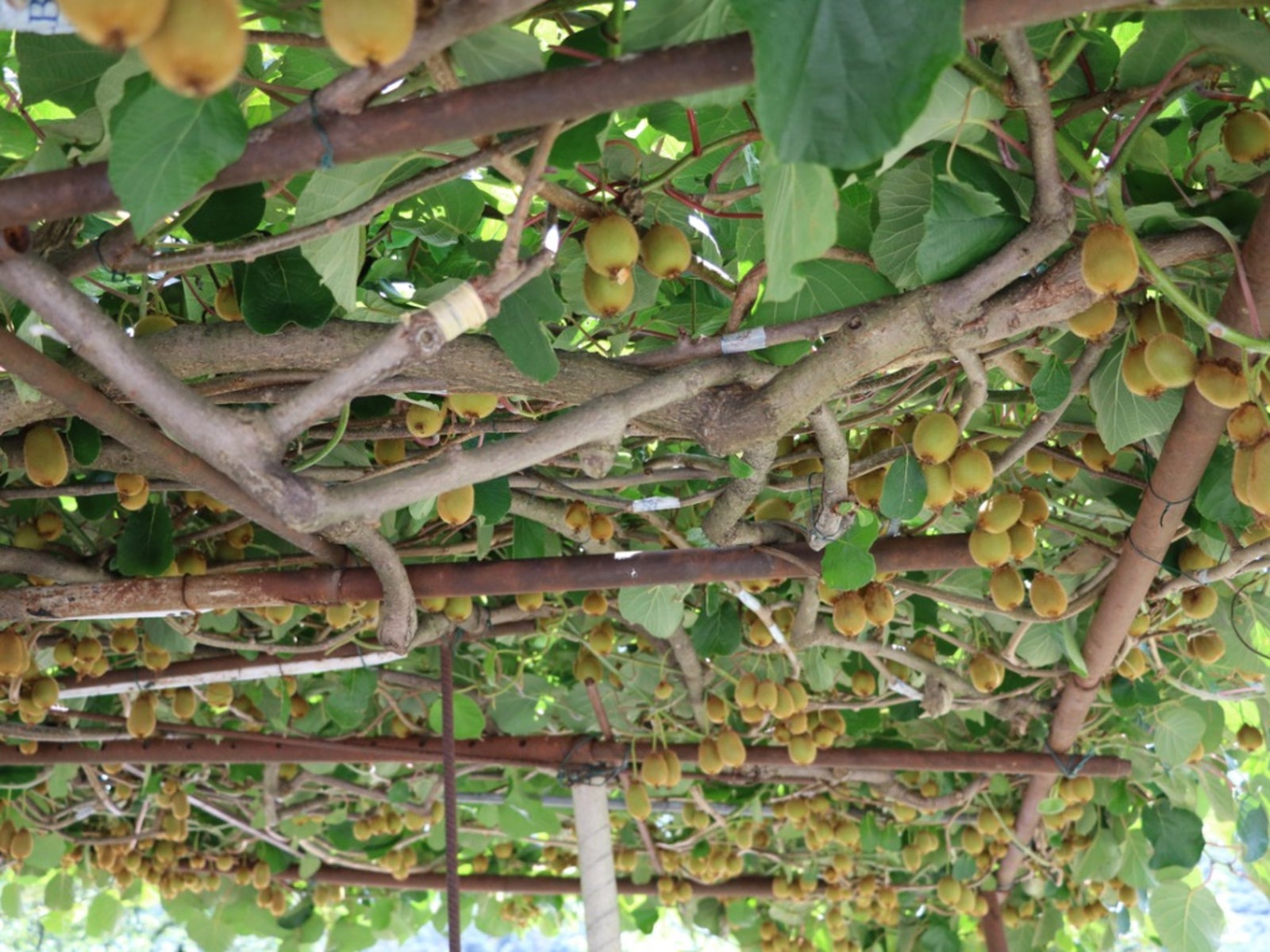 Kiwi Plant Trimming: Pruning Mature Kiwi Vines In The Garden
Kiwi Plant Trimming: Pruning Mature Kiwi Vines In The GardenRegular pruning is an essential part of caring for kiwi vines. Kiwi vines left to their own devices quickly become a tangled mess. But pruning overgrown kiwi vines is also possible if you follow simple trimming steps. This article will help.
By Teo Spengler
-
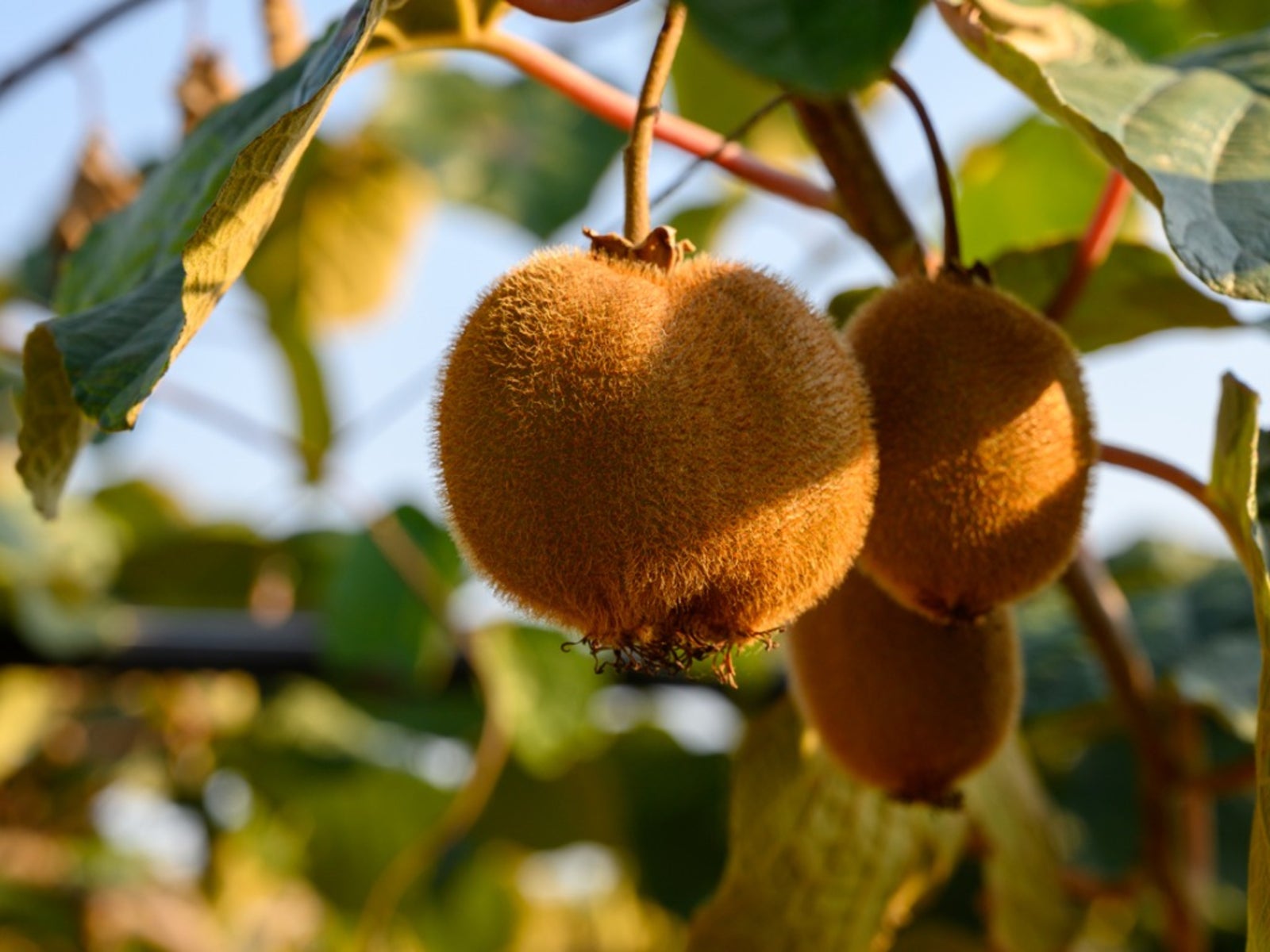 Fruit Companion Planting: Companion Planting Around Kiwi Vines
Fruit Companion Planting: Companion Planting Around Kiwi VinesCompanions for kiwi can help the plants grow more vigorously and fruit more prolifically. Not every plant is an ideal kiwi companion plants, though. What plants make the most ideal kiwi plant companions? Click this article to learn more.
By Amy Grant
-
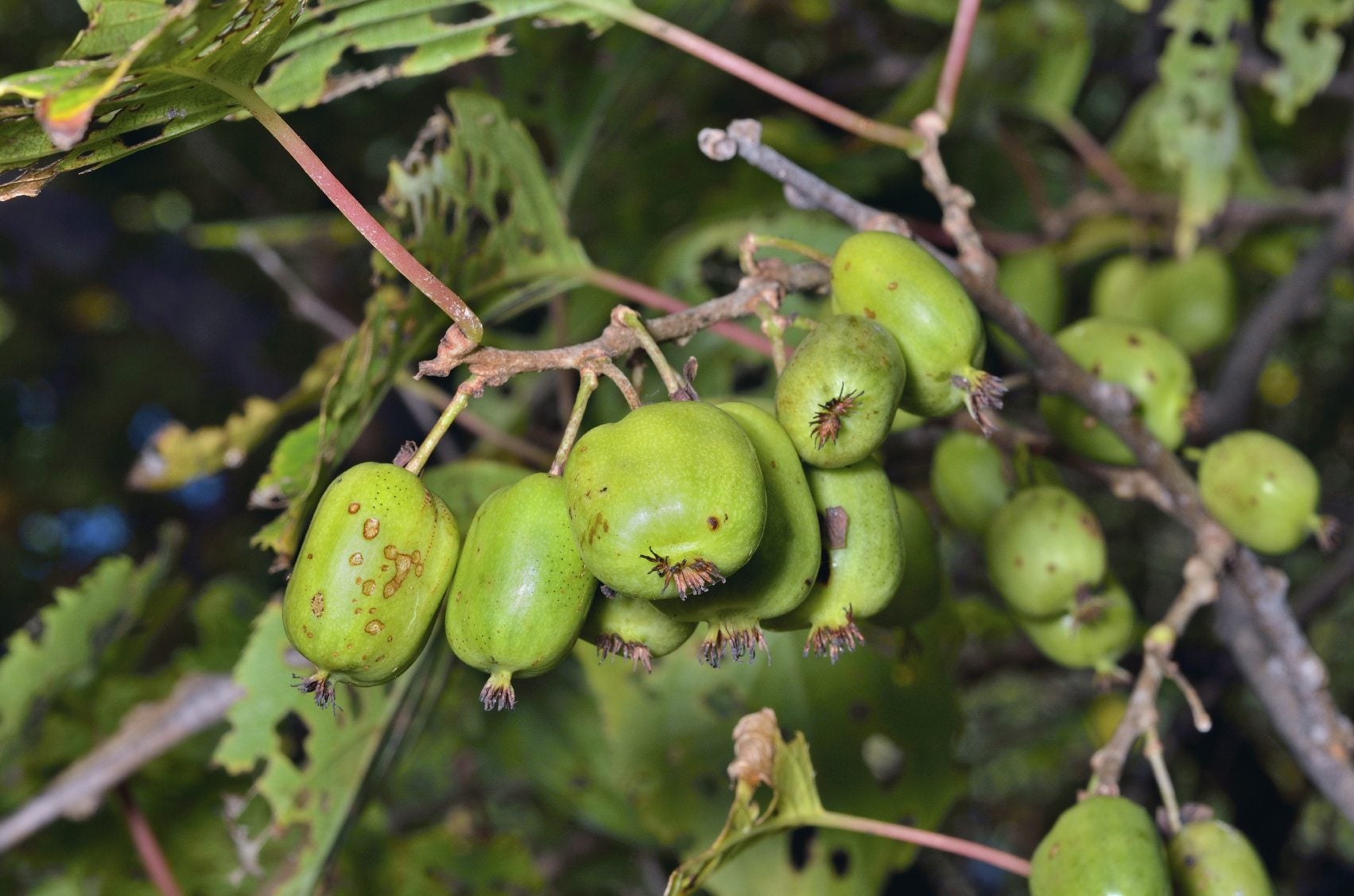 Hardy Kiwi Diseases: How To Treat A Sick Kiwi Plant
Hardy Kiwi Diseases: How To Treat A Sick Kiwi PlantWhile the kiwi plant is tough and relatively easy to grow, it can fall prey to various kiwi plant diseases. You can learn more about the diseases of kiwi and their treatment in this article. Click here for more information.
By Mary H. Dyer
-
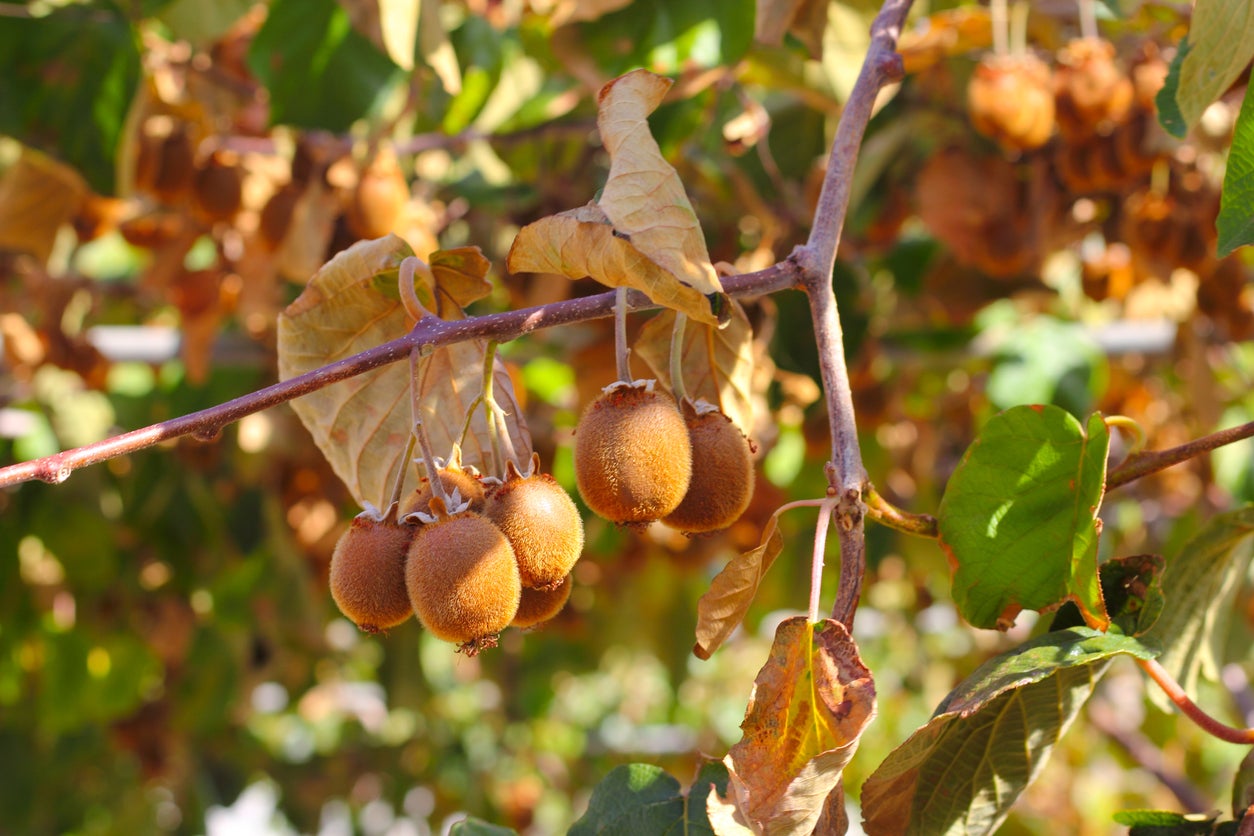 Kiwi Leaves Turn Brown – Reasons For Kiwi Vines Turning Yellow Or Brown
Kiwi Leaves Turn Brown – Reasons For Kiwi Vines Turning Yellow Or BrownHealthy kiwi leaves are a brilliant green during the growing season, and you might well become worried when your kiwi leaves turn brown or you see yellowing kiwi plants. Click this article for information about steps to take when you see kiwi leaves turning yellow.
By Teo Spengler
-
 Kiwi Plant Not Flowering: How To Get A Kiwi Plant To Bloom
Kiwi Plant Not Flowering: How To Get A Kiwi Plant To BloomWhat should be done for a kiwi plant not flowering? If there are no flowers, there will be no fruit on your kiwi vine. To learn more about non-blooming kiwis, this article will help. Click here for more information.
By Karen Boness